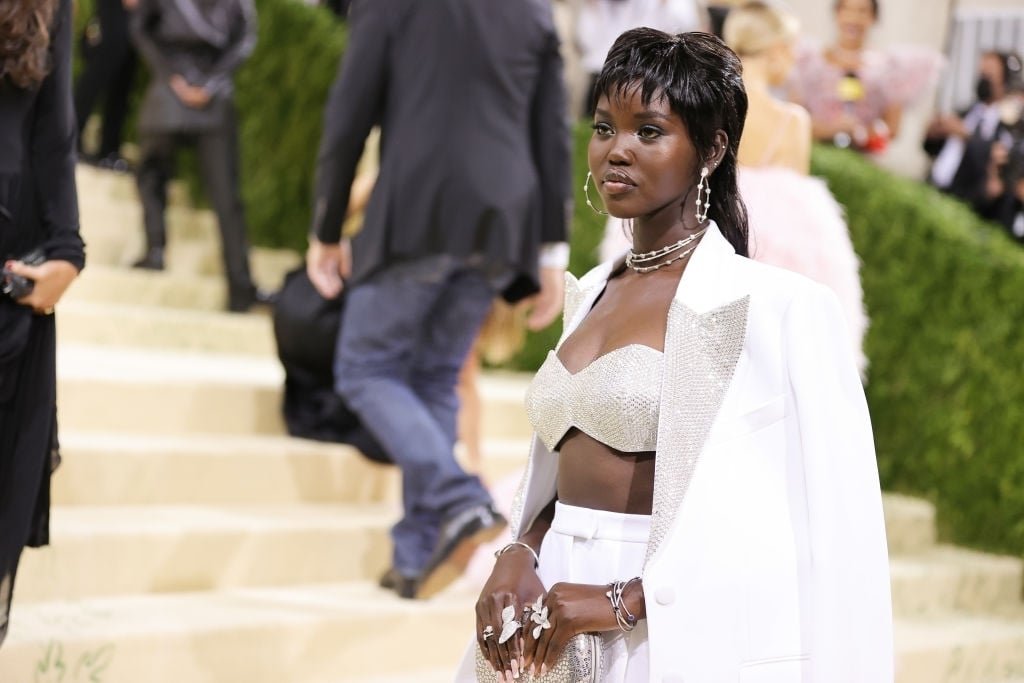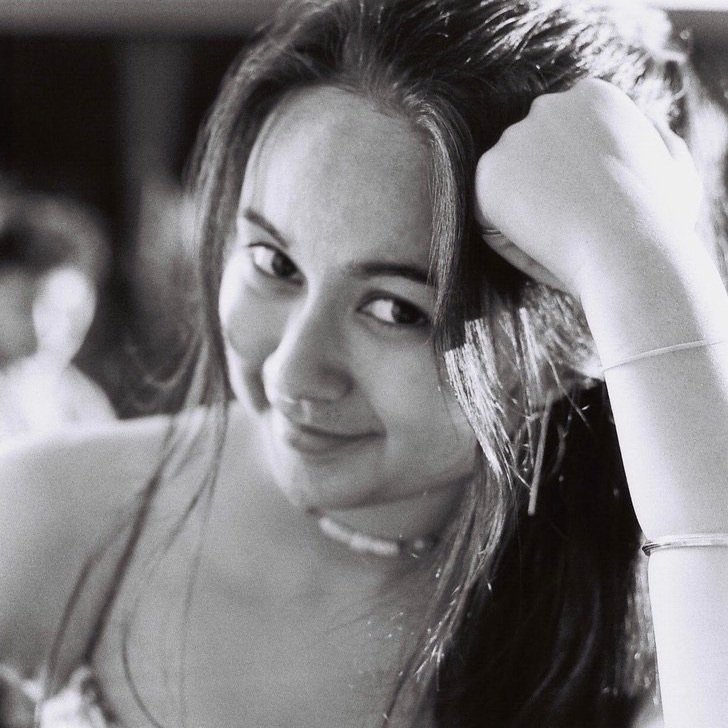The ‘I’ in BIPOC has remained largely absent in the fashion industry, until now.
Models pose at Vancouver Indigenous Fashion Week. Vogue. CC BY-SA 2.0.
Once restricted to the top floor ateliers and hidden workshops of century-old brands, the world of high fashion is increasingly public. As a trillion dollar industry, one would expect fashion to have more than enough space for designers from all backgrounds to create and show their art, but as is the case, the market remains dominated by a handful of ancient European and American household names. More recently, designers of color have begun to break onto the haute couture scene as the Council of Fashion Designers of America (CFDA), among other notable fashion institutions across the world have made a strong effort to increase the visibility of BIPOC designers. The one minority notably absent, however, are Indigenous designers whose designs and culture have been repeatedly appropriated for years by brands such as Victoria Secret, Caroline Herrera, and Loewe, among others.
The First Nations Fashion and Design runway show in 2021 only included First Nations models. Stefan Gosatti. CC BY-SA 2.0
While the American fashion scene is notably lacking an Indigenous presence, Canada and Australia both hold annual Fashion Week events solely dedicated to showcasing Indigenous designers and models. In fact, the latter received a lot of positive attention in 2021 for local brand First Nations Fashion and Design’s runway show, which consisted entirely of First Nations models wearing First Nations-made garments. The show included a number of live musical performances and was interspersed with various homages to the claim of First Nations peoples to Australian land, none of which are common occurrences in Australia’s Fashion Week. The audience, however, absolutely loved it: creative designer Grace Lillian Lee along with her CEO and co-designer Teagan Cowlishaw walked out at the end of the show to a standing ovation. According to Cowlishaw, the show was about “the movement of giving our land back to its rightful owners,” a theme common among other runway shows and fashion collections created by First Nations designers.
South Sudanese-Australian model Adut Akech was named Model of the Year in 2018. Hot in Juba. CC BY-NC-ND 2.0
In parallel with this sudden increase in Indigenous fashion exploding onto the scene in the past few years, demand for models of First Nations heritage has also skyrocketed. This previously untapped pool of talent is finally receiving the attention it deserves, with Indigenous models appearing with increasing frequency in print ads, television commercials, and of course, on runways. Australian modeling agencies can’t seem to sign Indigenous models fast enough, which has created a space for agencies that only represent models of First Nations heritage. According to some, this shift began with the appearance of several South Sudanese-Australian models who have gone on to become internationally renowned, but were firstly instrumental in redefining Australian standards of beauty: tanned, blonde, and bikini-wearing hegemony has been pushed aside in favor of a much more diverse range of skin colors and body types. Thus began the growing presence of First Nations faces in fashion campaigns both in Australia, and now, across the world.
Designers on stage at the National Indigenous Fashion Awards Ceremony in 2022. NIFA. CC BY-NC 2.0
In order to further support the work of First Nations designers in Australia, the National Indigenous fashion Awards (NIFA) were launched in 2020 to celebrate the cultural diversity and traditions of First Nations artists and designers in fashion and textiles. The annual event presents awards in six different categories including a Community Collaboration Award and a Wearable Art Award, each of which aims to promote the ethical and sustainable production practiced by many First Nations designers, as well as highlight traditional textile manufacturing techniques. The winning designers receive monetary awards as well as educational opportunities both locally and abroad to further develop their skills. This year, the event will take place on August 9 in the Darwin region of Northern Australia, an area traditionally owned by the Larrakia people, an Aboriginal nation with a population of roughly 2,000. While nominations closed in April, anyone who visits the NIFA website when it opens again for next year will be able nominate their favorite brands and designers, from those catering exclusively to the haute couture market, to brands showcasing their wares on social media, so long as they are of Aboriginal or Torres Strait Islander heritage. In addition, NIFA is launching a new showcase tour initiative this year that will allow shortlisted nominees and winners of the 2023 awards to display their designs to the public at four convention centers across the country.
NIFA award-winner Philomena Yeatman pictured in her studio with one of her traditionally woven tapestries. NIFA. CC BY-NC 2.0
Among the past winners is 59 year old Esther Yarllarlla, an artist of the Kunibidji who has been practicing and perfecting her traditional weaving techniques for decades. The piece which won her the Traditional Adornment Award was commissioned by the Bábbarra Women’s Center — a mókko or traditional womenswear garment with an open back, but her work also includes delicately knotted bags woven from banyan tree fiber. Another expert weaver, Philomena Yeatman received the Textile Design Award in 2022 for fusing traditional palm fiber weaving techniques with modern materials to create beautiful tapestries that tell the stories of her people, the Yarrabah. By contrast, last year’s recipient of the Business Achievement Award was a First Nations-run organization called Clothing the Gaps which engages in various social action campaigns to diversify Australia’s fashion sector. Through their community of youth leaders and community advocates, the organization has built a large following both in person and on social media, and helped them to successfully reclaim the First Nations flag in a legal campaign that ended successfully in 2022.
The list goes on: each shortlisted and winning designer or artist has dedicated their lives to advancing their craft and sharing their culture with the wider Australian community. While there is undoubtedly still work to be done, the burgeoning First Nations presence in Australia’s fashion scene is setting a positive precedent for the road forward, championing appreciation instead of appropriation, and carving out a space for Indigenous designers around the world that should really have been there from the beginning. As the words splashed across the backdrop of that fateful runway show in 2021 announced, “This is not a moment. This is a movement.”
Tanaya Vohra
Tanaya is an undergraduate student pursuing a major in Public Health at the University of Chicago. She's lived in Asia, Europe and North America and wants to share her love of travel and exploring new cultures through her writing.






